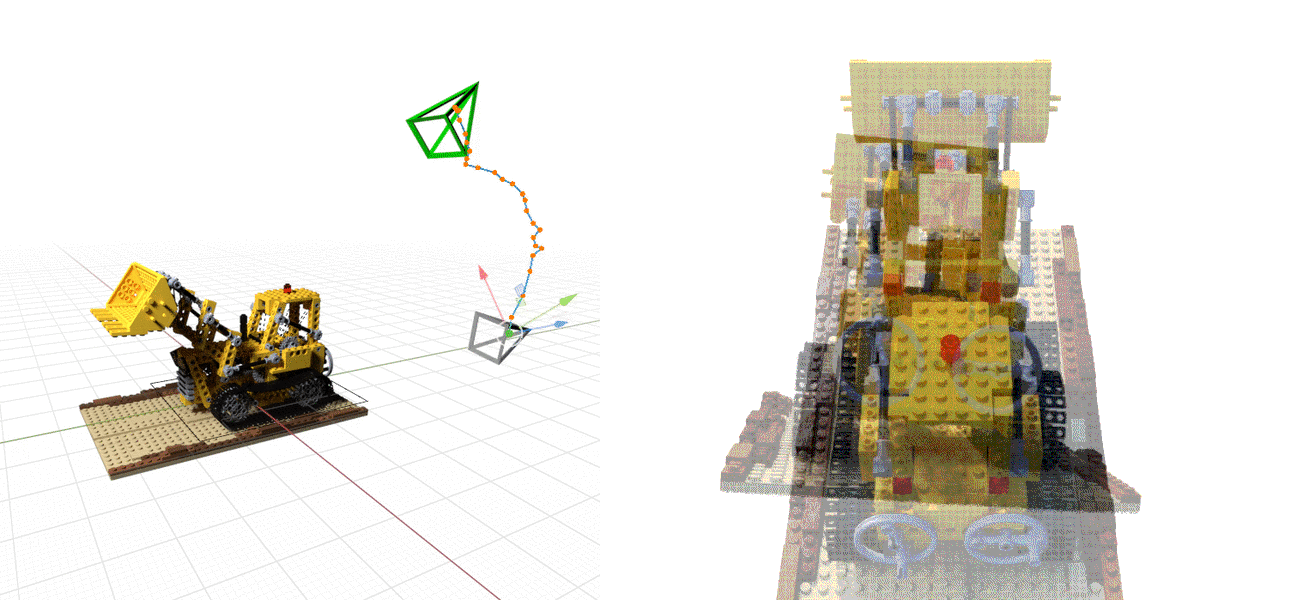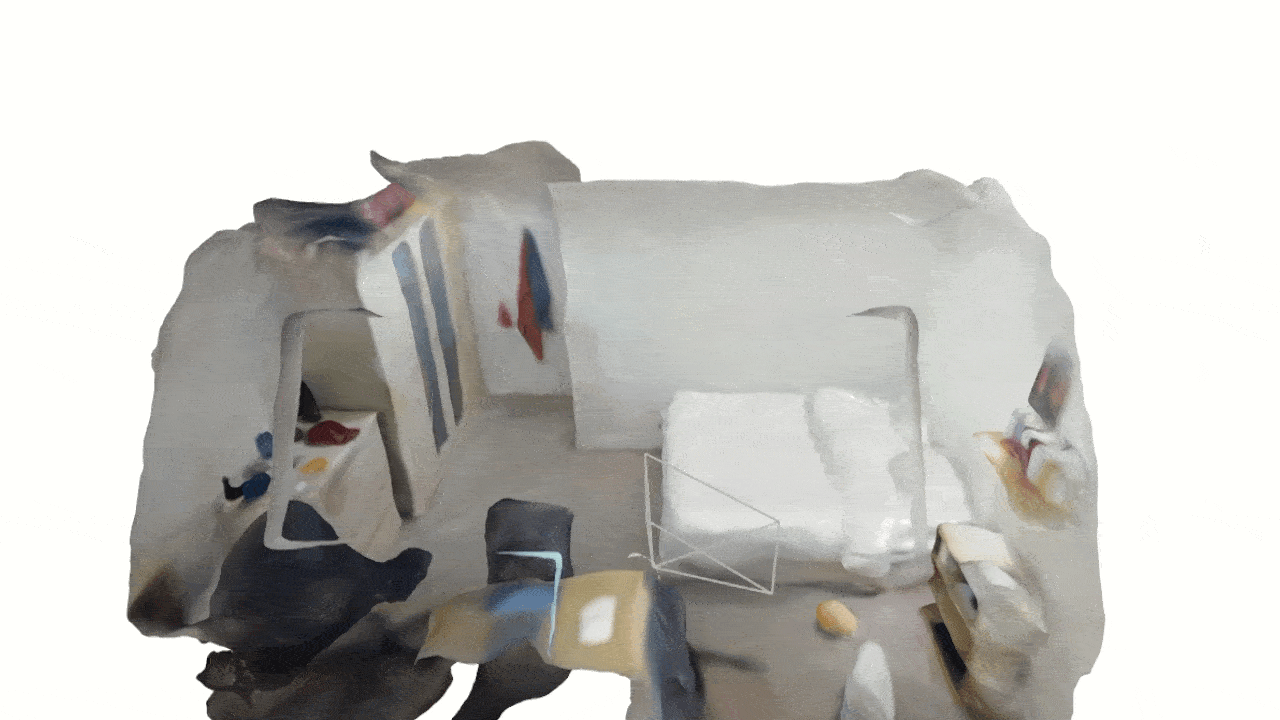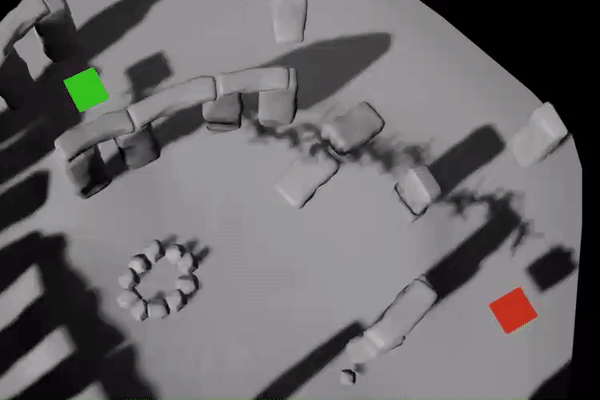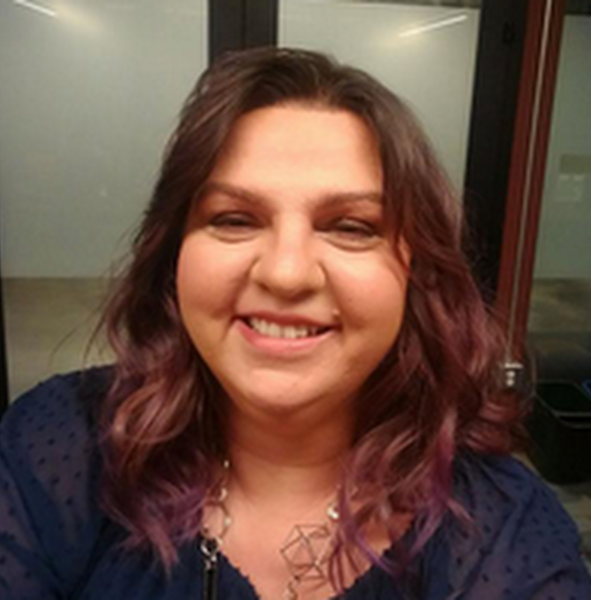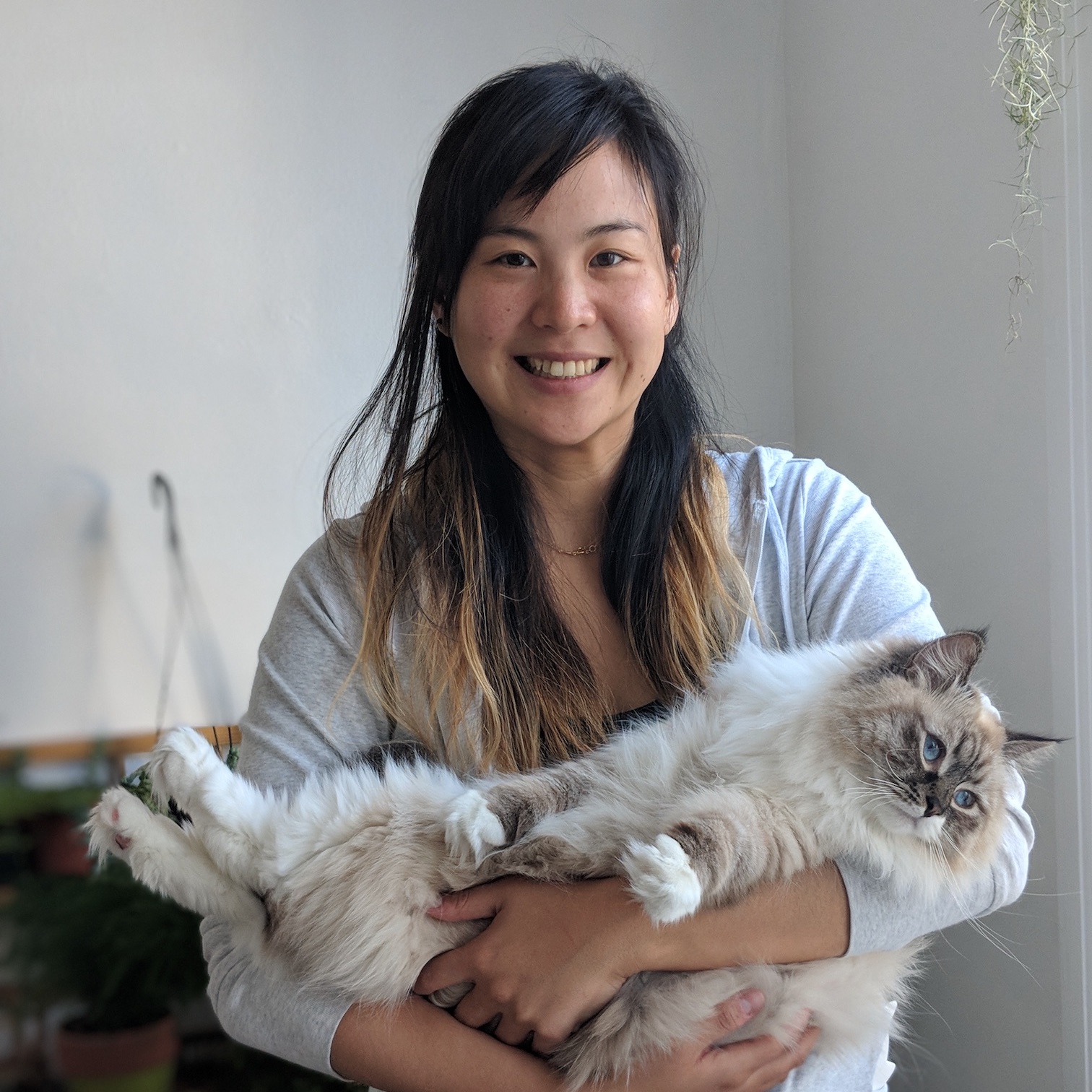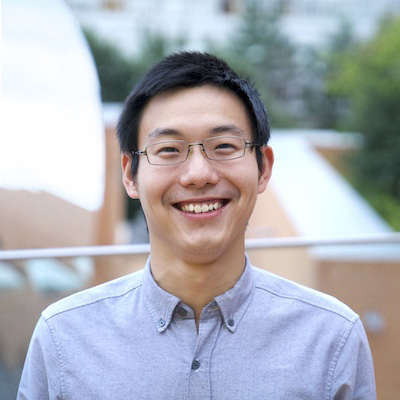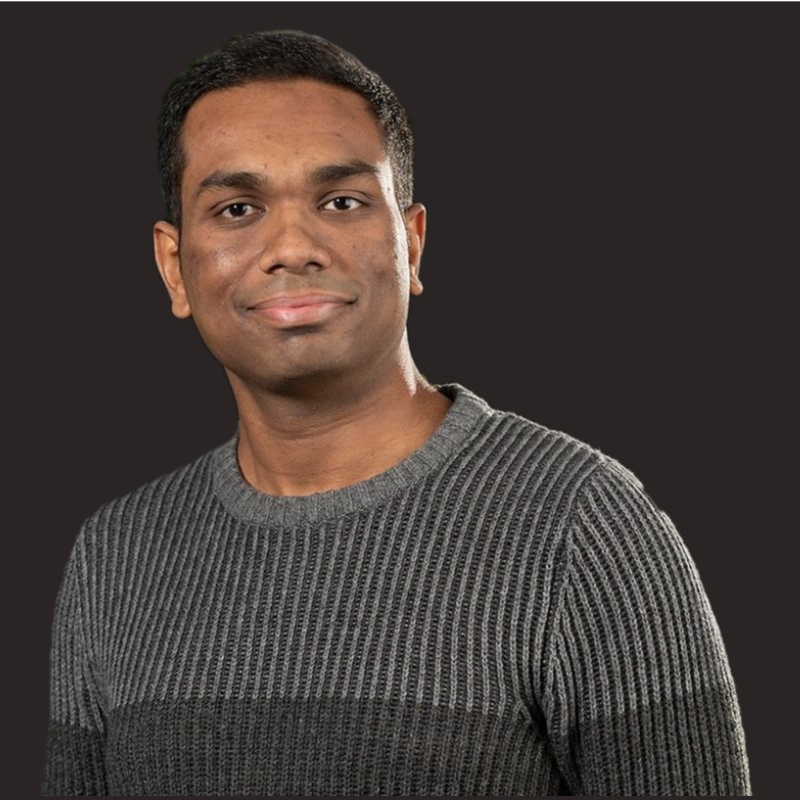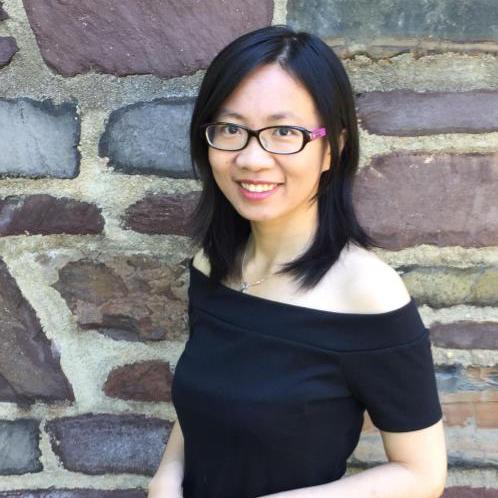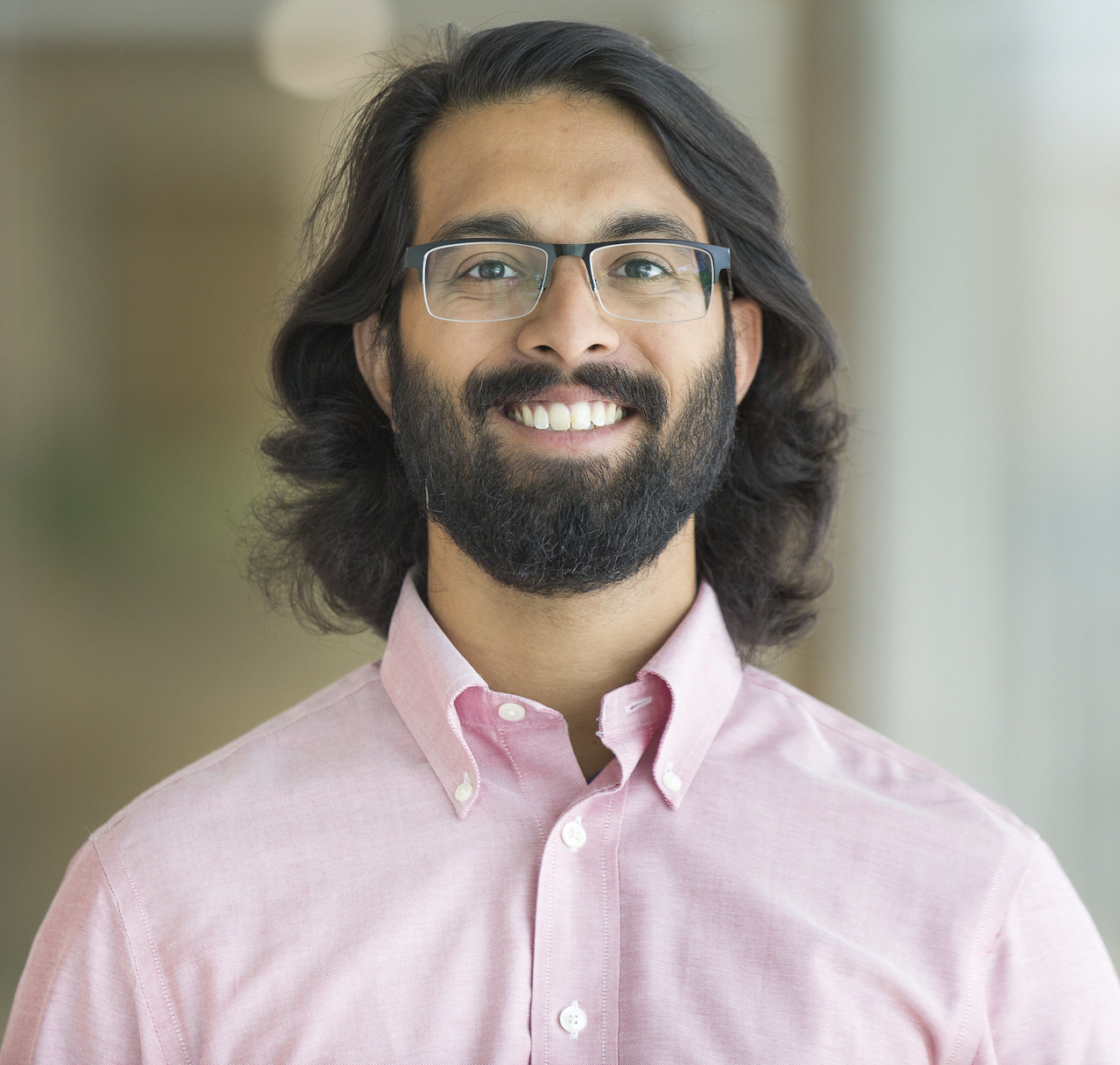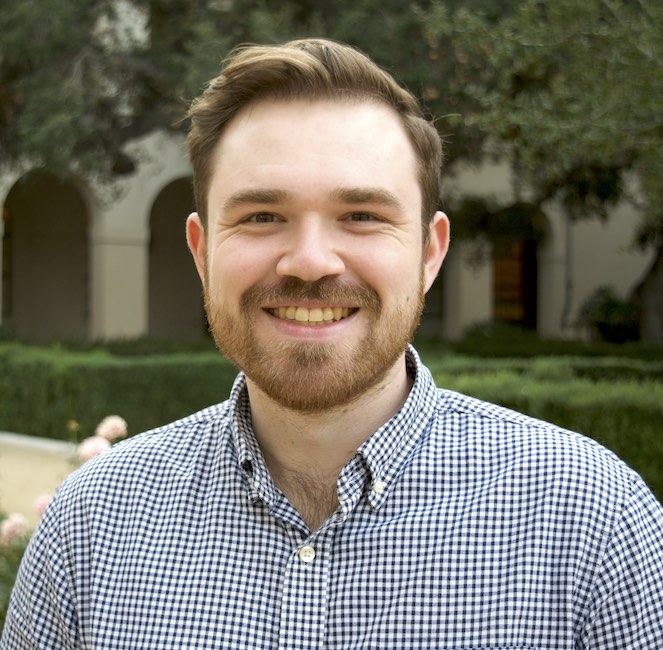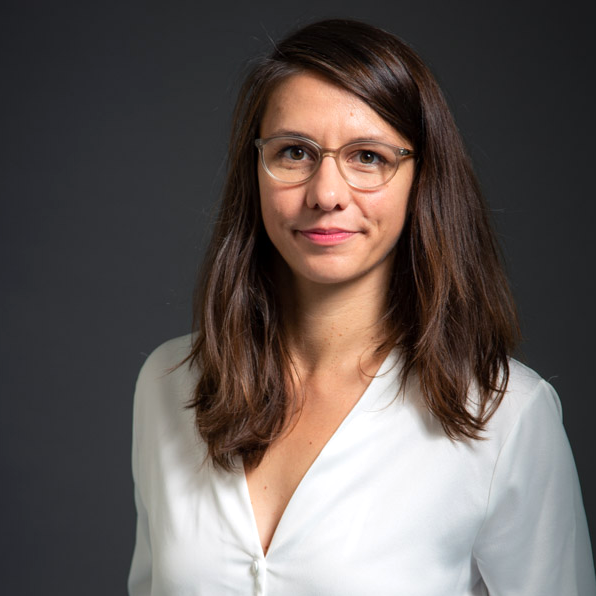Overview
Computer vision research has recently seen impressive success in creating implicit neural representations of scenes and objects, such as neural radiance fields (NeRFs) and deep Signed Distance Functions (DeepSDFs). Similarly, implicit representations (not necessarily learned) such as SDFs and Riemannian Motion Policies (RMPs) have been used with great success in robotic motion planning, manipulation, and perception. In this workshop, we seek to explore the future of implicit neural representations (INRs) in robotics. In such a quickly-changing space, our aim is to provide the robotics community with a cohesive and united event to discuss the impacts and possibilities of such implicit neural representations.
Through invited talks and a poster session, we hope to explore:
- how to quickly learn INRs online from sensor data,
- how to tractably reason about uncertainty in these representations,
- how to leverage INRs for robotic localization, motion planning, manipulation, and locomotion tasks,
- how to embed semantic understanding in such representations, and
- how to adapt INRs to simulate and predict dynamic and uncertain scenes.
We hope that this workshop will fuel interest and promote research in learning implicit scene representations for applications in robotics.
Key Details
- Workshop date: Friday, May 27, 2022.
- Workshop format: The workshop will be in a hybrid format, with the in-person session held in Room 115C, from 8:30am-5:45pm EST. Virtual participants can join the session remotely, using the Zoom link provided through Infovaya.
Workshop Recordings
All talks at the worksop were recorded on Zoom; we are working with our speakers and the conference organizers to get permission to post the recordings to YouTube to be viewed indefinitely. We will post links to the workshop recordings here, as they are available.
Speakers
Workshop Schedule
| Time (EST) | Event |
|---|---|
| 08:30 - 08:45 | Intro by organizers |
| 08:45 - 09:15 | Invited Talk (Andrew Davison) |
| 09:15 - 09:45 | Invited Talk (Chad Jenkins) |
| 09:45 - 10:15 | Young Researcher Spotlights |
| 10:15 - 11:00 | Poster Session + Coffee Break |
| 11:00 - 11:30 | Invited Talk (Jiajun Wu) |
| 11:30 - 12:00 | Invited Talk (Aleksandra Faust) |
| 12:00 - 12:30 | Morning Panel Discussion |
| 12:30 - 14:00 | Lunch Break |
| 14:00 - 14:30 | Invited Talk (Shuran Song) |
| 14:30 - 15:00 | Invited Talk (Angjoo Kanazawa) |
| 15:00 - 15:30 | Invited Talk (Ransalu Senanayake) |
| 15:30 - 16:00 | Afternoon Panel Discussion |
Accepted Papers
Organizers
Contact Information
If you have any questions, please do not hesitate to contact Preston Culbertson or Shreyas Kousik for more information.
